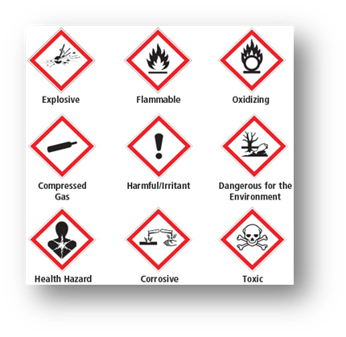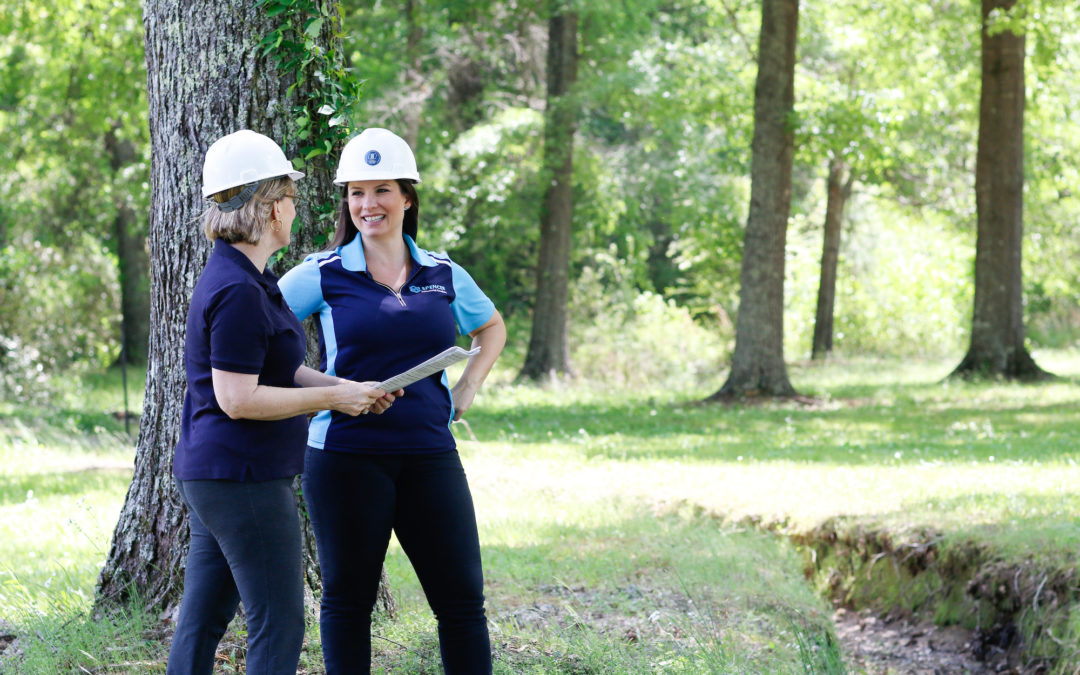OSHA 29 CFR 1910.1200, Hazard Communication was the most frequently cited standard in 2019 with 3,624 citations. The best way to protect workers and prevent citations at your facility is to thoroughly understand OSHA’s Hazard Communication standard and its requirements. In this blog, we will discuss key definitions related to Hazard Communication. We highly recommend visiting OSHA’s Hazard Communication web page to build on the information below.
What is Hazard Communication?
Information regarding the identity and hazards associated with chemicals must be available and understood by all workers. Chemical manufacturers and importers must evaluate the hazards associated with the chemicals they make or import and generate labels and safety data sheets (SDSs) to communicate hazard information to buyers. All workplaces with hazardous chemicals must have labels and SDSs available for exposed employees. These employees must also be trained to appropriately handle chemicals.
What is a hazardous chemical?
OSHA defines a hazardous chemical as any chemical which is classified as a physical hazard or a health hazard, a simple asphyxiant, combustible dust, pyrophoric gas, or hazard not otherwise classified. OSHA 29 CFR 1910.1200(d) states that chemical manufacturers must determine the potential hazards.
What is GHS?
Globally Harmonized System of Classification and Labeling of Chemicals (GHS) was adopted by the United Nations (UN) in 2003. The GHS consists of requirements for communicating health and safety information, labeling, and SDSs. The official text of the GHS can be found on the UN web page. The intent of GHS is to establish rules, standard format, and content requirements for labels and SDSs to be implemented around the world.
As of June 1, 2015, the Hazard Communication Standard was finalized. One of the most notable changes was the inclusion of Pictograms on labels to alert users of the chemical hazards to which they may be exposed.

Each pictogram consists of a symbol on a white background framed within a red border and represents a distinct hazard(s). The pictogram on the label is determined by the chemical hazard classification.
Don’t fall behind in 2020! Contact us today to take your safety, health, and environmental compliance program to the next level.

